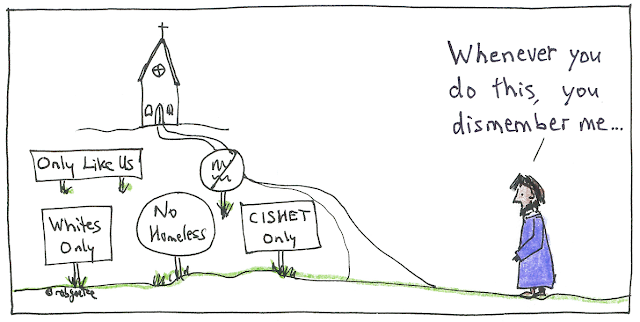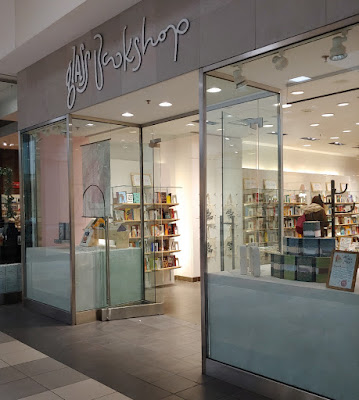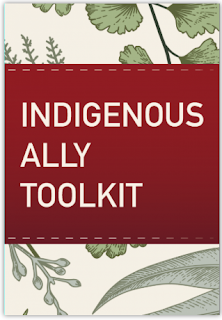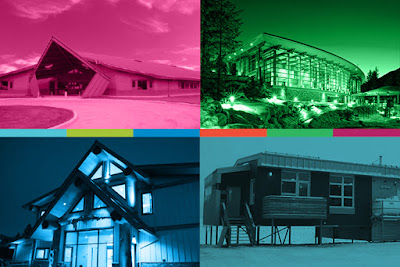My great-great-grandfather lived in a small town in Europe and, it turned out based on his journals, liked to record happenings around town along with folk tales that the townspeople told. Here is his entry from January 4, 1876:
------
The Curse of the Pyreneesian Piranha
Once upon a time, there was a young man who lived by the sea. He was afraid of the sea, very very afraid of the sea and all that lived with it.
"Give me an egg or a steak or a quail or a beet salad, but keep that sea-stuff away from me and my plate!" he said regularly.
And when he grew up, the very first thing he did with money saved from his first job delivering emails, was to move to the mountains. The Pyrenees, to be precise. To Bordes-du-Lys, France, to be more precise, a little hamlet high up in the Pyrenees and about equidistant from the Bay of Biscay and the Mediterranean Sea and thus, about as far away from the sea as possible without moving to Siberia.
After a few months, he learned the habits and routines of life in Bordes-du-Lys, and took them on for himself.
So he started every day by going to the bakery down the street, to get a fresh brewed coffee and croissant.
Except for one day. A box of chocolate came in the post, anonymously, just as he was about to leave, and he decided, as a special treat, to eat the chocolate for his breakfast
Ta-a-asty, that chocolate. Good dark Swiss chocolate, with little bits of hazelnut embedded in it. Yummmeeeee.
Once the chocolate was all gone into his belly, he put the box on the kindling pile. That's when he heard a loud rumbling outside.
"What is going on???" he asked himself!
He ran outside, looking around. The sky was clear though grey instead of the usual blue. Then, turning around and looking up at the mountain, he saw it. The biggest piranha he had never seen. Bigger than anything of any sort of fish or toothy thing he had ever seen in a book. Bigger than tall skyscrapers and the mountains themselves.
And that was when he knew. By skipping his usual morning jaunt and giving in to the temptation of the chocolate instead, he had broken the rhythm of the universe. And now the universe was coming for him.
The piranha opened its mouth wider,
bigger than the sky,
lunged forward,
and SNAP!
The End.
-------
Note to regular readers of this blog: I apologize that this post does not fit into the usual theme and genre of this blog. However, I have nowhere else to post my great-great-grandfather's stories.










































